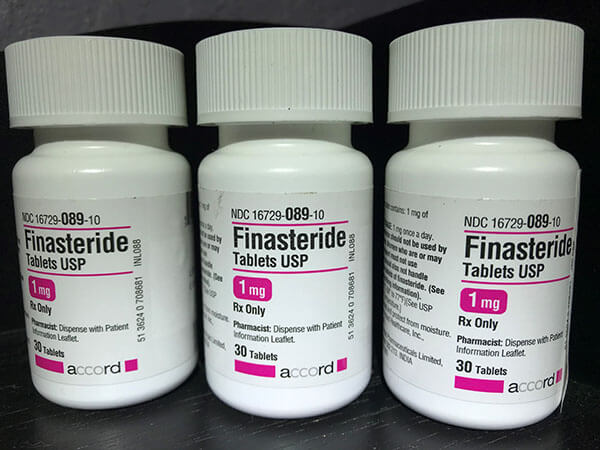According to the World Health Organization (WHO), 2.2 million adults suffer from OCD (Obsessive-Compulsive Disorder). Both men and women equally suffer from OCD. The WHO confirms that OCD cases start at the age of 14 years old.
However, the remaining 75% of OCD can occur at any age. In India, there are 0.8% of adolescents suffering from OCD. The statistics of the whole population in India suffering from OCD is still unknown.
What is OCD?
Obsessive-Compulsive Disorder (OCD) is a persistent and chronically long-lasting disorder. People suffering from OCD have uncontrollable and reoccurring thoughts, behaviors, and obsessions. Moreover, OCD forms part of the anxiety group of mental health problems.
Additionally, in rare cases, when a patient is not responding to pharmaceutical treatment, the best option to opt for is ECT treatment for OCD.
The three common types of OCD are:
- Intrusive thoughts
This type of OCD is when a person is having obsessive unwanted thoughts such as:
- Horrific Thoughts
- Violent Thoughts
- Thinking about harming people for no reason
- Death about closed-ones
- Weird and irrelevant thoughts
- Compulsive disorder
Compulsive disorder is when someone struggles with their thoughts and bodily behavior to decrease their anxiety level. The compulsive disorder is a way for a patient to calm down and avoid weird things to happen.
For example, if someone feels the urge to scream loudly for no reason, they know that this thought need not become real at any cost. Hence, what they do is make weird body gestures and force their minds to think about something else. The compulsions occur because of the fear of screaming loudly for no reason.
- Controlling Individual
OCD tends to make a patient become a self-controlling person. Self-controlling individuals tend to control everything surrounding them to avoid their anxiety level to increase and manage their daily routine.
How to treat OCD?
It is not easy, but it is possible to bring OCD to a manageable state or even overcome it. Find below some useful information that can help recover from OCD.
OCD is not a disease
OCD is a weird and complex mixture of unwanted thoughts, feelings, body gestures, and behavior. These unwanted mixtures unconsciously have control of the brain and the body. With the right help, overcoming OCD can be easy, as this will help improve or eliminate unwanted thoughts and behavior.
You are not your thoughts
It is crucial to take into high consideration that you are not your thoughts. The human brain is just an organ that directs and processes all kinds of ideas. Those thoughts are not real. Hence, it is advisable to let the thoughts arise and not give any meaning to them.
Seek professional help
You need to consider opting for professional help or therapy if you are still having difficulties managing your OCD health problem. Professional guidance will help to decrease the unconscious habits and past trauma. In some cases, pharmaceutical drug treatment is also available if natural therapy does not treat OCD.
OCD treatment for severe cases
There are several rare cases where people suffer from severe OCD. In extreme cases of OCD, pharmaceutical or other treatment will mostly not work for patients. Fortunately, ECT treatment for OCD is an option to consider in severe OCD cases.
What is Electroconvulsive Therapy (ECT)?
ECT is a therapy consisting of delivering minor electric shocks to the brain to cause a generalized seizure. ECT does not only treat depression, but also other mental illnesses such as bipolar disorder, OCD, and catatonia. It usually takes two to three-time of ECT sessions per week for a patient to see improvement.
However, to determine the scheduling, it depends on how the patient responds to the treatment and the psychiatric condition. ECT uses anesthesia procedure, for a patient not to feel anything while giving the minor electric shocks for 1 minute.
It is advisable to opt for ECT treatment for OCD only when a patient is not responding to other treatments or for an immediate emergency, for example, if OCD is leading to suicidal thoughts.
ECT is a safe procedure and does not affect the human brain, but it may have some side-effects such as nausea, vomiting, body ache, or headache. The side effects are treated with standard pharmaceutical drugs. The success rate of ECT is 95-100%.
Final Thoughts
There are many ways to manage Obsessive-Compulsive Disorder (OCD). If the natural method is not improving the OCD, then you need to seek professional help. If you are suffering from severe OCD problems, it is recommendable to go for the ECT treatment. ECT is undoubtedly a treatment that can change your life positively.






